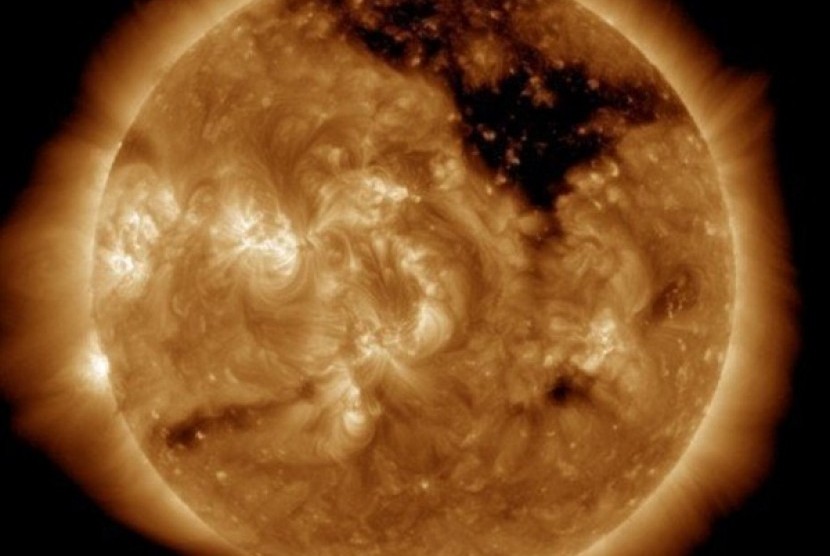Not all coronal mass bursts can be detected by color changes.
REPUBLIKA.CO.ID, JAKARTA — A team of researchers from the International Space Science Institute has found a way to better track solar flare events. Corona mass ejection event or Coronal mass ejection (CME) is relatively rare. When that happens it is usually not directed towards Earth.
Incident CME happened in 2012. At that time, there was a large sun flare that did not hit Earth. However, the event could cripple the power grid and destroy satellites across the globe. A flare as large as the one in 2012 is relatively easy to detect using conventional sensing methods, due to its size and position.
Reported from Science Alert, Monday (26/7), there are sensors that can observe signs of enlightenment on the surface of the Sun that indicate solar flares. This sensor can also detect flares as they exit the Sun into the darkness of space. Unfortunately, this technique cannot detect CME types that do not cause any brightness effect.
These CMEs that do not produce any markings on the Sun’s surface are known as “stealth” CMEs. Usually, this CME can only be known after the event has an impact on Earth.
Now, researchers are using data collected on four stealth CMEs by NASA’s STEREO spacecraft. Four different timing and imaging techniques captured the March 3, 2011 CME.
Scientists analyze images consisting of several brightness and color dimming scales. Mthey then analyze these points of origin with other data collected simultaneously. The scientists noticed the changing brightness patterns that emerged for the four stealth CMEs.
They believe these changes are indicative of the formation of stealth CMEs, allowing scientists valuable time to detect and prepare for another potential CME attack once a similar pattern is detected.
Detecting patterns can prove tricky
STEREO’s work in finding the CME source region used in this study was fortunate. The spaceship happened to be looking in the right place at the right time. To refine this technique, more data from Earth is needed to model the structure of the newly discovered CME and its region of origin.
The European Space Agency (ESA) launched the Solar Orbiter last year, which should be able to collect the data needed for this research. It could also help with more challenging problems – detecting “super stealth CMEs”, which do not appear on coronagraphs, the standard tool used to detect other types of solar flares.
– .


